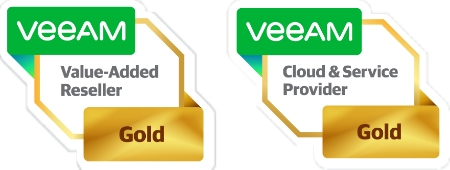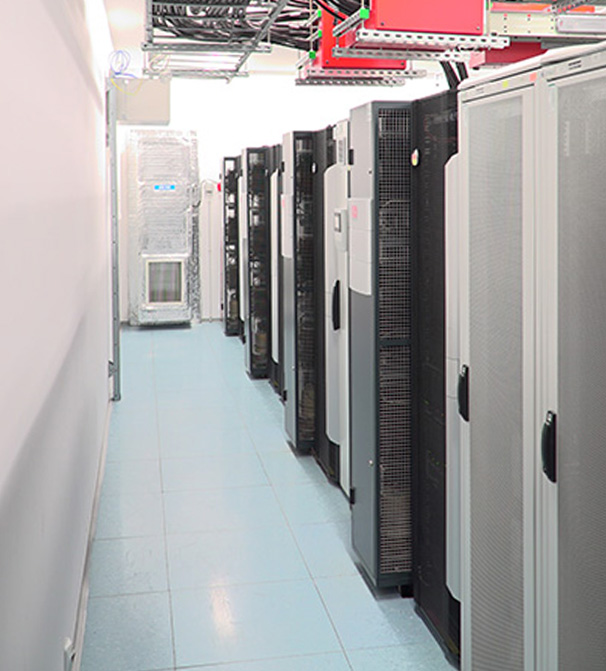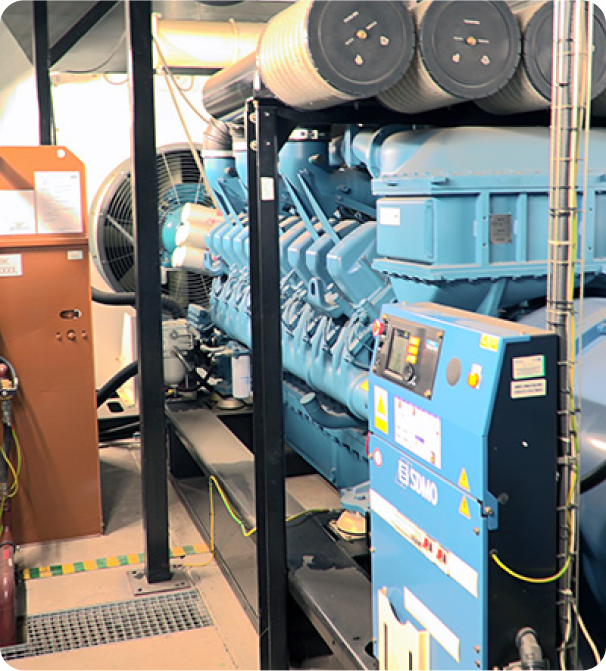Veeam Cloud Connect
What is cloud backup
using Veeam Cloud Connect
The fastest and simplest method of securing data.
Backups are stored both on the local backup server and in the data center of the service provider. Restoring can take place from a local or cloud repository.
Order service Schedule a demo
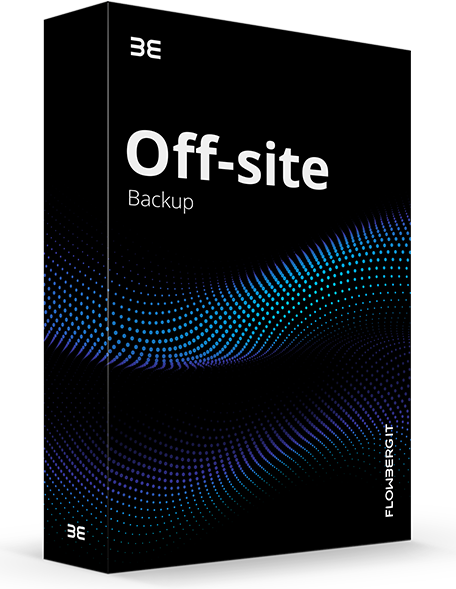
The fastest and simplest method of securing data.
Backups are stored both on the local backup server and in the data center of the service provider. Odtwarzanie odbywać może się z lokalnego lub chmurowego repozytorium.
Order service Schedule a demo
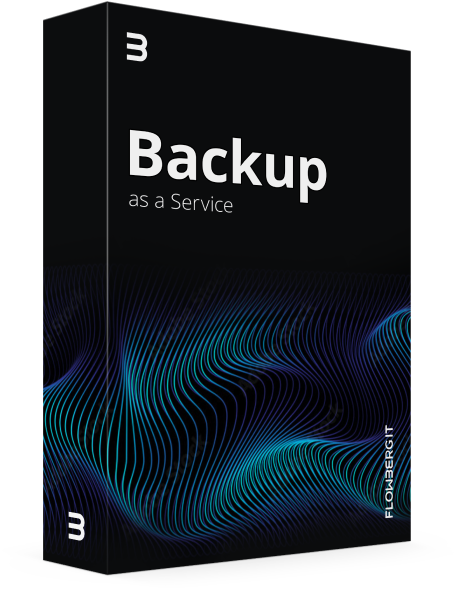
Dlaczego klienci wybierają Veeam?
Main benefits of cloud backup
No post found!
What do you need a cloud backup for?
Having an off-site backup (e.g. in the cloud) protects data and systems along with configurations against loss. Damage or destruction of data may occur as a result of destructive activity that may affect the primary processing center. While fire or flooding in a server room are rather rare, malware or ransomware, or simply human error, occur frequently and their consequences can also be catastrophic.
A remote backup, i.e. offsite backup, makes:
Rules 3-2-1-0
3
2
1
0
A more orthodox rule is 3-2-1-1-0, in which the additional “1” represents a particular copy of the data in the remote location. In this case, the point is to ensure galvanic separation of the stored backup copy from the Internet or to guarantee its invariability. This may be, for example, a copy stored on tape in a bank safe deposit box or a backup saved on a “durable medium”, e.g. on a WORM (Write-Once-Read-Many) array.
Explore BaaS readiness
Check to what extent Backup as a Service fits the realities of your organization?
[stm-calc id=”8527″]
VCC technology
What is Veeam Cloud Connect
Opinion
How does cloud
backup work?
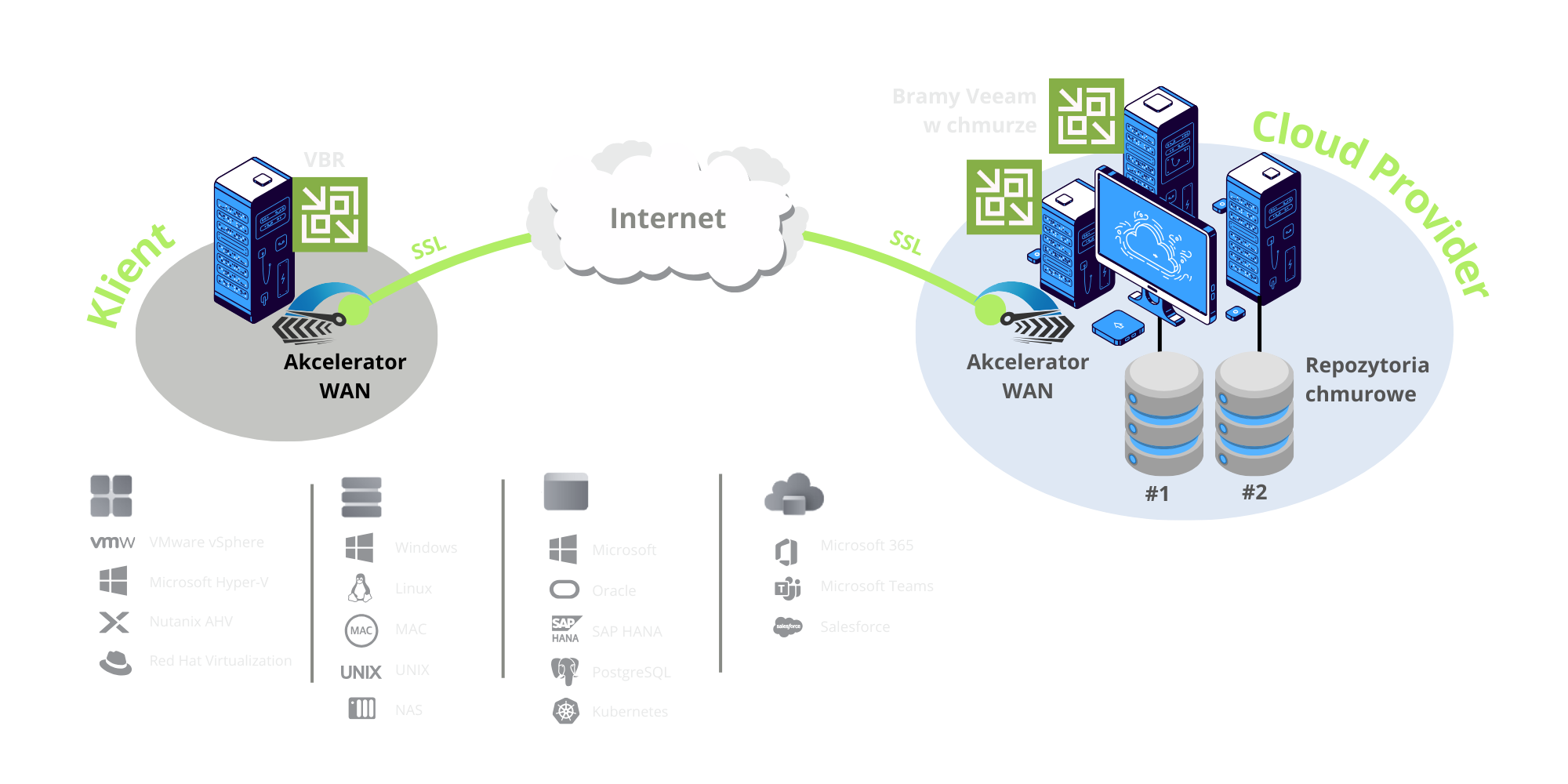
Initiating a backup task starts the following steps:
01
02
03
04
Want to see how cloud backup works?
Products
Variants of the Cloud Backup service
Service calculator
How much is the backup service?
Service calculator
[stm-calc id=”4005″]

Security
How secure is cloud backup?
backup?
Cloud Service Provider
How to choose the right Cloud Service Provider?
Before you decide to choose a service provider,
it is worth checking a few things.
Veeam advantages
Why do customers choose Veeam?
No post found!
Veeam
Global leader in data protection
What distinguishes Flowberg IT.
We combine the experience of an integrator
and a service provider.
How to run Veeam Backup?
Frequently Asked Questions:
FAQ
We have dual GOLD status in the Veeam Value Added Reseller and Veeam Cloud & Service Provider programs.
